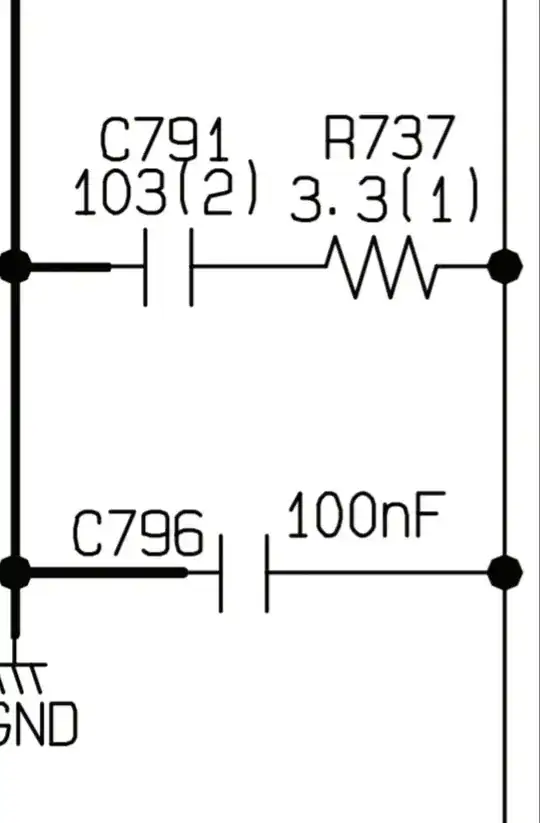C791 is its reference designator. This is a unique identifier on a schematic that makes it possible to distinguish among parts for discussion, and link it to the bill of materials for the assembly. I doubt that there are 790 other capacitors on the schematic or in the overall system somewhere. Sometimes parts are identified by the sub-circuit or area, such as all input amplifier references beginning with 1, power supply parts start with 2, output parts start with 3, etc. Or it might be a page identifier - all caps on page 7 start with 7. There is sort of a cloud of common industry practices, not a set of hard-and-fast rules.
103 probably is the value, 10 nF. The first two numbers are the significant digits of the value, the last number is the number of trailing zeros, and the overall value is in picofarads. 103 is 10,000 pF, or .01 uF, or 10 nF.
(2) could be a reference to a list of notations, such as an instruction that this part is not populated in certain assembly variations, or that unlike all of the other caps, this one has a high voltage rating, or its value was changed on this date per ECO #xxx. A wider view of the schematic page might have more clues, but some multi-page schematics have all of the notations on one page at the beginning or end. Way too many possibilities to say for sure.
